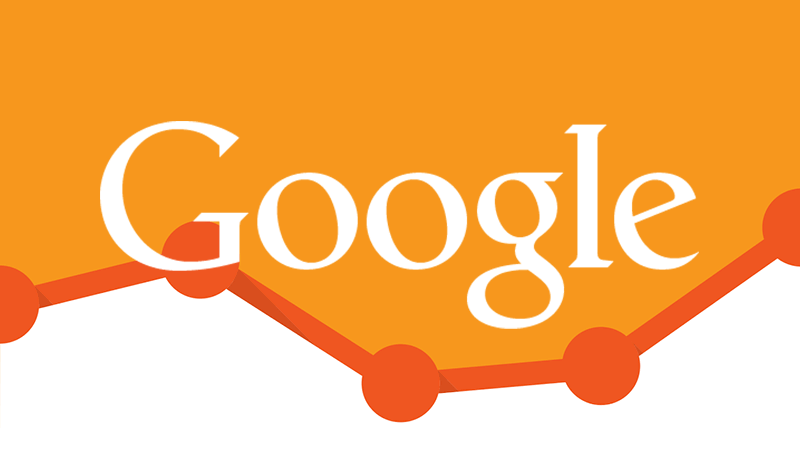Google Analytics is arguably one of the most powerful web analytics applications available today whether you are an expert or just a beginner. And even better, it’s entirely free!
NB: This is an article from Staah
The fact that hoteliers can understand the behaviour of their guests when they visit their hotel website makes Google Analytics one of the most necessary tools for hoteliers. For many hotel owners and general managers knowing just a few more things about their guests could easily lead to more revenue.
What is Google Analytics?
Google Analytics (GA) is a free, market-leading tool that allows you to do just that; understand your traffic and website performance. But where to start? There are dozens of reports and hundreds of configuration options available. Let’s break it down from a hotel’s perspective.
Getting e-commerce tracking set-up is important and requires that you work with your Booking Engine (like STAAH) provider. All modern booking engines are compatible with Google’s e-commerce script. That script needs to be installed and will inform Google Analytics of every reservation that is made and the value of the reservation.
Once you have this installed you will be able to see how much revenue your website is generating, which campaigns are generating revenue, which links are making you the most revenue, and much more.
Without e-commerce set up in Google Analytics, you’re basically only measuring clicks. And while that does give some insight, it doesn’t give a lot of real data on what works and what doesn’t.
A powerful tool, Google Analytics can also be used to identify your main channels for attracting travelers to your property’s website. These may include Organic Search (from your SEO activities), Social (social media), Referral (direct links to your site), and Direct (when no tracking data is available). This will show you how effective your hotel marketing is across various digital channels, and which channels need more work.
Some of the benefits for hoteliers are:
Direct Link Search
We’d recommend having a look at your direct traffic statistics in detail as this tells you about your general brand awareness. The majority of direct traffic comes from someone typing in your URL directly as they are familiar with your brand. This can indicate the health of your overall marketing strategy and can act as a metric for success.
Useful reports for hoteliers
One of the issues that many hoteliers have with GA is that there is simply so much data and reports that it can be hard to determine where to go for useful and meaningful information. Here are 4 reports that businesses should focus on to get the most out of GA.
#1: All Traffic Report
This is for quickly checking the overall performance of a site, including:
- Where your traffic came from
- Sessions – How many times users visited your site
- Session Duration – How long they stayed on your site
- Revenue or Goal Completions – How much revenue or how many goal completions each source brought in
#2: Organic Landing Page Report
The Organic Landing Page Report will allow you to quickly judge the status and progress of your SEO efforts and includes:
- Top Landing Pages – Pages on which a user’s session began, which will tell you what general topics users searched for when they found your site in search engines
- Sessions – Number of sessions that began on each landing page
- Bounce Rate – Percentage of users who left your site without visiting a second page, which can help you identify content that is driving traffic but not engaging users
- Conversion Rate – Landing pages that drove the most goal completions or revenue, which can help you apply the tactics of the successful pages to help improve the lower performing pages
#3: AdWords Campaign Report
This report shows you how your paid AdWords traffic behaved after clicking on one of your ads, as opposed to the reporting in AdWords which contains information about your ads leading up to and including the click but not after the click.
#4: All Pages Report
This provides an overview of site performance from a page level perspective, as opposed to the session level perspective of the previous reports. This report displays metrics reflecting user behaviour on individual pages. It shows:
- Pageviews – Total number of times users looked at a page
- Unique Pageviews – Number of times a page was viewed at least once in a session
- Time on Page – How long they stayed on that specific page
- % Exit – Percentage of users who left the site after viewing a particular page
Google analytics top tips:
- Take the time to set your account settings up correctly and activate features which enhance your reports like site search
- Use filters to remove your internal clicks, so that data is genuine
- Learn how to set up additional analytical tasks like campaign parameters and linking Adwords data
- Integrate social and your analytical reports will provide a powerful picture of your digital marketing activity
- Set up custom dashboards and schedule emails to save on time





